Sir William Lowther, 1st Baronet was an English landowner from Swillington, West Yorkshire, and a baronet in the Baronetage of Great Britain.
There have been five baronetcies created for persons with the surname Vavasour, three in the Baronetage of England and two in the Baronetage of the United Kingdom. As of 2008 four of the creations are extinct while one is extant.
There have been nine baronetcies created for persons with the surname Lloyd, three in the Baronetage of England, three in the Baronetage of Great Britain and three in the Baronetage of the United Kingdom. Two of the creations are extant as of 2010.
There have been six baronetcies created for persons with the surname Brooke, one in the Baronetage of England, one in the Baronetage of Ireland and four in the Baronetage of the United Kingdom. As of 2015 four of the creations are extant, though one has been subsumed into a peerage.

There have been twenty one baronetcies created for persons with the surname Williams, eight in the Baronetage of England, three in the Baronetage of Great Britain and ten in the Baronetage of the United Kingdom. Only six of the creations are extant as of 2017.
There have been six baronetcies created for persons with the surname Newton, three in the Baronetage of England, one in the Baronetage of Nova Scotia and two in the Baronetage of the United Kingdom.
There have been three baronetcies created for persons with the surname Everard, one in the Baronetage of Ireland, one in the Baronetage of England and one in the Baronetage of the United Kingdom. Only one creation is extant as of 2010.
There have been seven baronetcies created for persons with the surname Powell, five in the Baronetage of England and two in the Baronetage of the United Kingdom. Only one creation is extant as of 2007.

The Worsley family is an English family that is derived from Sir Elias de Workesley, a Norman knight who was a youth at the time of the Norman conquest. He later accompanied Duke Robert II of Normandy on the First Crusade and was buried at Rhodes.
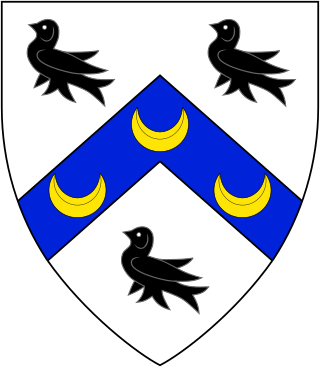
There have been seven baronetcies created for persons with the surname Watson, one in the Baronetage of England, one in the Baronetage of Great Britain and five in the Baronetage of the United Kingdom. One creation is extant as of 2016.

There have been three baronetcies created for persons with the surname Cooke, two in the Baronetage of England and one in the Baronetage of Ireland. One creation is extant as of 2013.
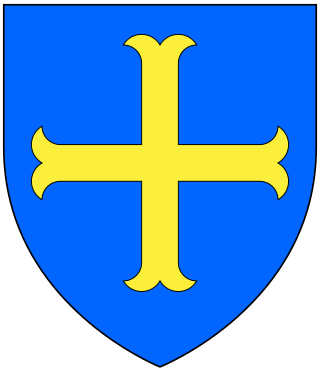
There have been three baronetcies created for descendants of the ancient Norman family of Molyneux who were granted extensive estates in Lancashire after the Norman Conquest.

There have been two baronetcies created for members of the Barkham family, both in the Baronetage of England. Both creations are extinct.
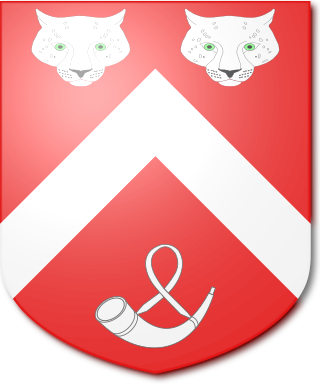
There have been four baronetcies created for members of the Slingsby family who settled at Scriven Hall, Scriven, Knaresborough, Yorkshire in the 14th century.
There have been two baronetcies- both extinct- granted to the Willises of Fen Ditton, both in the Baronetage of England.
The Fenton Baronetcy, of Mitchelstown in the County of Cork, was a title in the Baronetage of Ireland. It was created on 22 July 1661 for Maurice Fenton. The baronetcy became extinct on 17 March 1670, with the death of his son William Fenton.
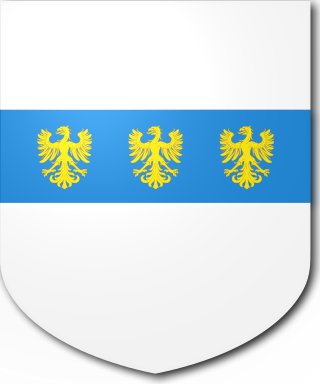
The Clere Baronetcy, of Ormesby in the County of Norfolk, was a title in the Baronetage of England. It was created on 26 February 1621 for Sir Henry Clere. His only son by his wife Muriel Moundeford, half-sister of Sir Edmund Moundeford of Feltwell, died in infancy and the title became extinct on his early death in 1622. He had one daughter Abigail, who married John Williams, otherwise Cromwell, second son of Sir Oliver Cromwell, and first cousin of the Lord Protector Oliver Cromwell, by whom she had two children Having separated from her husband she became an actress, and the mistress of William Brouncker, 2nd Viscount Brouncker. As such she is known to readers of the Diary of Samuel Pepys as "Madam Williams". Pepys strongly disapproved of the affair, but it endured until Lord Brouncker's death in 1684, and he left Abigail much of his property.
Sir Cecil Bishopp, 4th Baronet was an English landowner and politician who sat in the House of Commons from 1662. He was the brother of Sir Thomas Bishopp, 3rd Baronet (1627–1652).

Cromwell House is a Grade I listed building built in 1638 in Highgate Village, now a suburb of London. It is currently owned by the Republic of Ghana and used as its visa section.
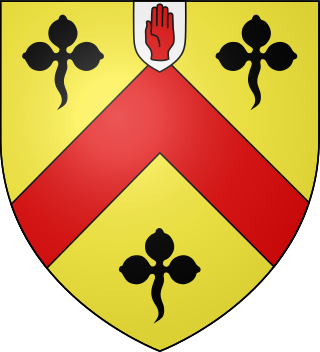
The Abdy baronetcy, of Albyns, in the County of Essex, was created in the Baronetage of England on 9 June 1660 for Robert Abdy. It became extinct on the death in 1759 of the 4th baronet.










